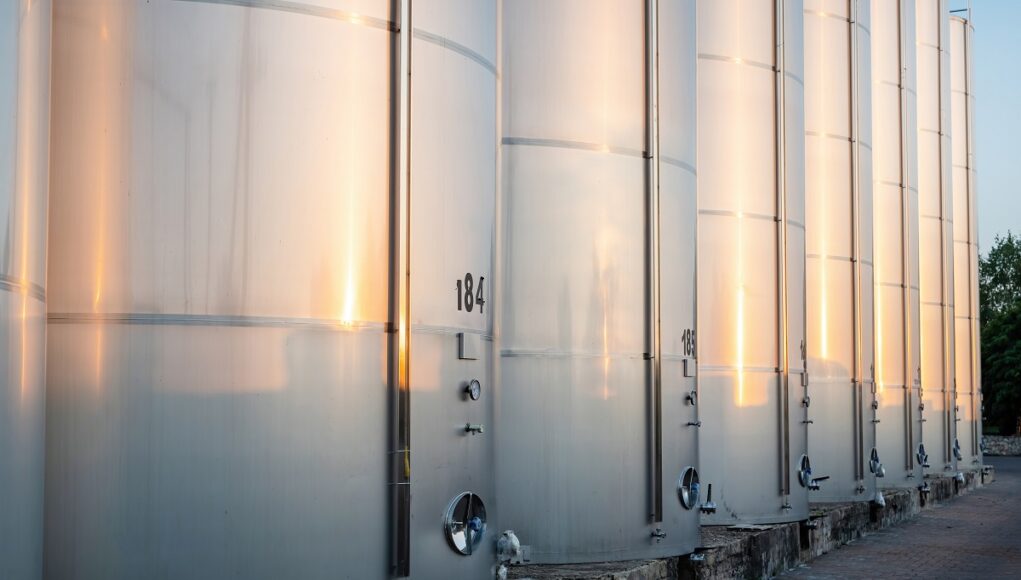Last Updated on April 22, 2024 by Saira Farman
Cryogenic tanks are specialized vessels that are used to store materials at extremely low temperatures, typically below -150°C. These tanks are usually made of stainless steel, as this material can withstand the extreme temperatures and pressures involved in cryogenic storage. There are many different stainless steel fabricators that offer cryogenic tank fabrication.
Things To Consider When Choosing Cryogenic Tank Fabrication
There are a number of different factors that need to be considered when choosing cryogenic tank fabrication, including the size and capacity of the tank, the materials that will be used, and the design and construction of the tank itself. One of the most important considerations when fabricating a cryogenic tank is the type of material that will be used. Stainless steel is the most common material used for these tanks, as it is able to withstand the extreme temperatures and pressures involved in cryogenic storage.
However, other materials such as aluminum and carbon steel may also be used in some cases. The design and construction of the tank is other important factor to consider. Cryogenic tanks are typically made up of a number of different components, including the outer shell, insulation, and any internal piping or fittings. The design of these components must be carefully considered in order to ensure that the tank is able to safely and effectively store materials at cryogenic temperatures.
There are a number of different techniques that can be used to fabricate a cryogenic tank, including welding, bending, and forming. These techniques are typically used in combination in order to create the final product.
Common Technique Used In Cryogenic Tank Fabrication
In the welding process, two or more pieces of metal are joined together using heat and pressure. This is a common technique used in the fabrication of cryogenic tanks, as it allows for the creation of strong, seamless joints that can withstand the extreme temperatures and pressures involved in cryogenic storage. Bending is another technique that is commonly used in cryogenic tank fabrication.
This involves using a machine or tool to shape the metal into the desired shape. This technique is often used to create the outer shell of the tank, as well as any internal piping or fittings. Forming is a technique that is used to create shapes in metal by using a die or mold. This technique is often used to create custom shapes or components for cryogenic tanks, such as flanges or connectors.
In addition to these fabrication techniques, there are also a number of different processes that may be used to finish and protect the surface of a cryogenic tank. These processes may include sandblasting, painting, and electroplating. Sandblasting is a process that involves using a high-pressure stream of abrasive particles to remove surface contaminants and prepare the metal for painting or other finishes.
Painting is a process that involves applying a protective layer of paint to the surface of the tank in order to protect it from corrosion and other types of damage. Electroplating is a process that involves applying a thin layer of metal to the surface of the tank in order to improve its corrosion resistance and overall durability.
Who Are Stainless Steel Tank Fabricators?
Stainless Steel Tank Fabricators are companies or individuals that specialize in the fabrication of tanks made from stainless steel. These tanks can be used for a variety of purposes, including the storage of liquids, gases, and other materials. Stainless steel tank fabricators typically use a combination of techniques, including welding, bending, and forming, in order to create tanks that meet the specific requirements of their clients.
These tanks may be used in a variety of industries, including the chemical, pharmaceutical, food and beverage, and oil and gas industries. In addition to fabricating tanks, stainless steel tank fabricators may also be responsible for the design and engineering of the tanks, as well as the installation and maintenance of the tanks once they are in use. They may also offer services such as tank repair and refurbishment, as well as the testing and certification of tanks to ensure that they meet industry standards and regulations.


















